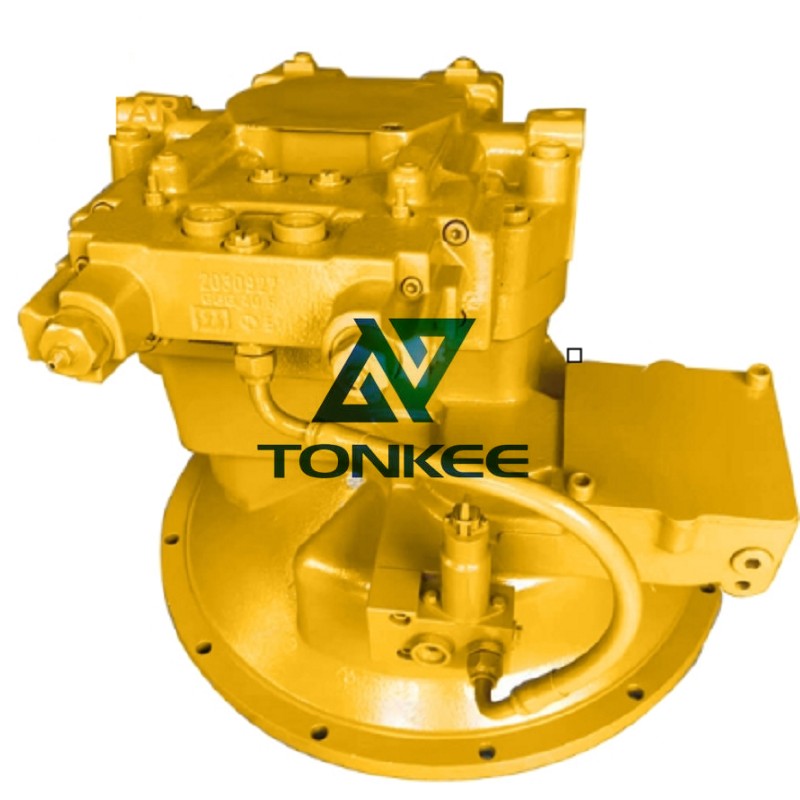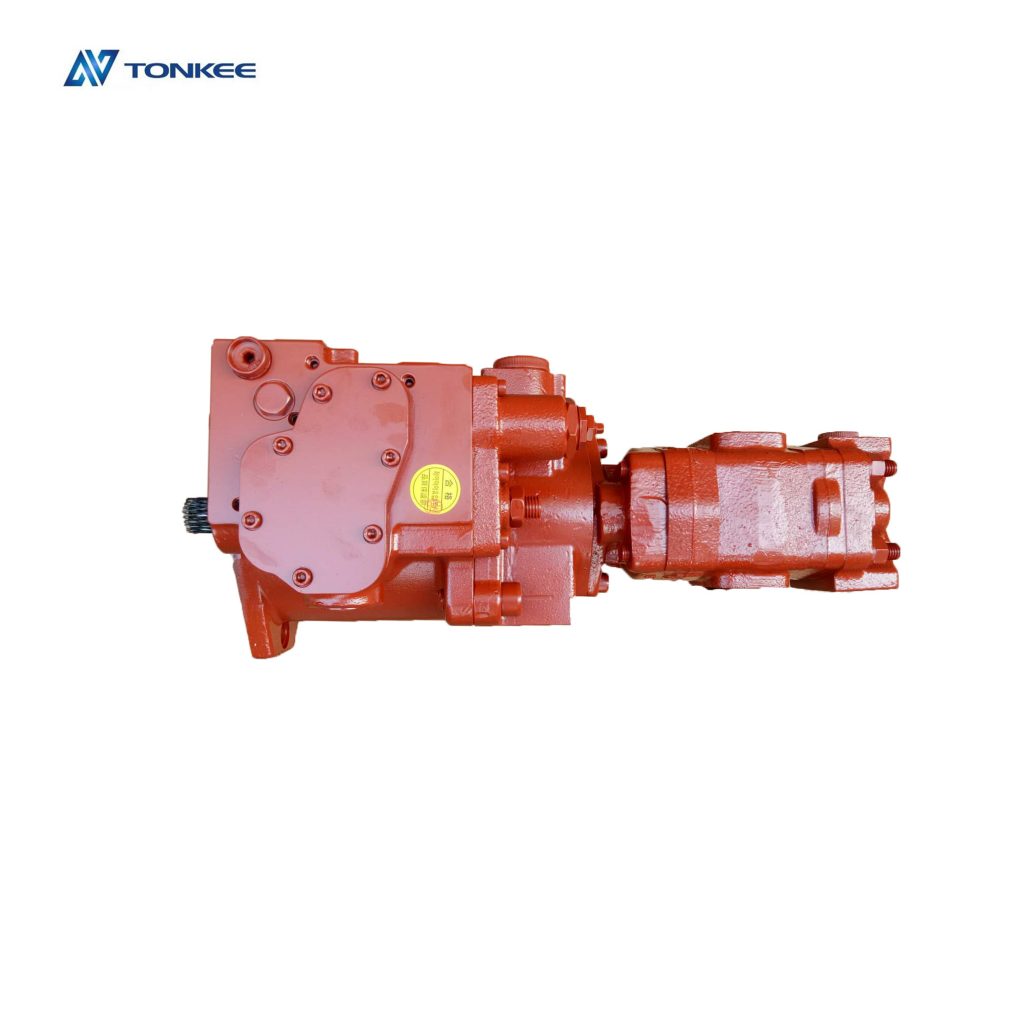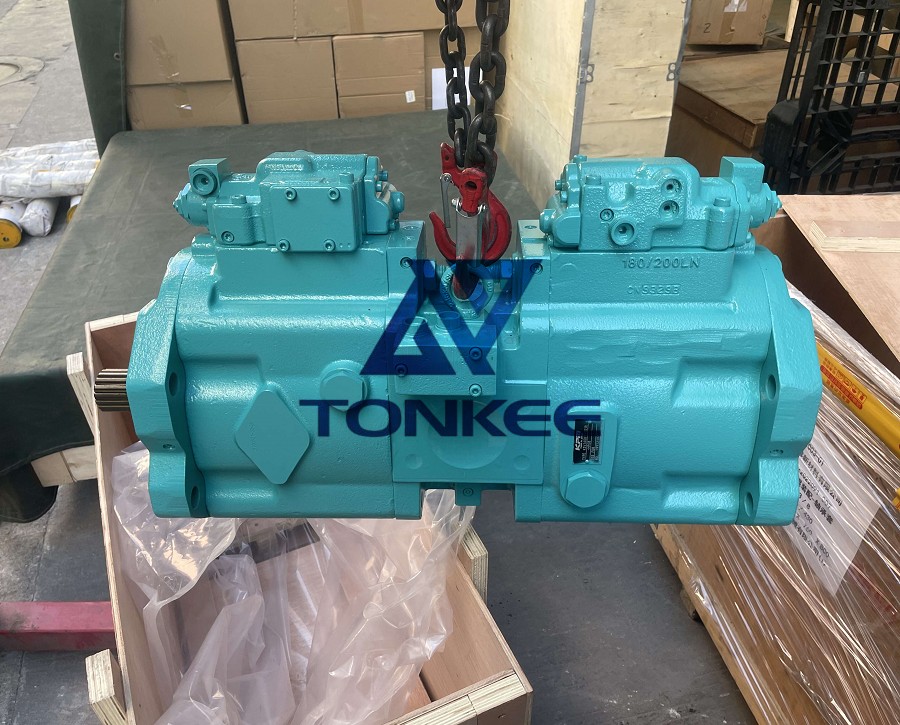
Suction Stroke: During this phase, the piston moves away from the cylinder's inlet port, creating a low-pressure area.
This causes the fluid to be drawn into the cylinder from the inlet through the suction valve.
Compression Stroke: The piston then moves towards the cylinder's outlet port, increasing the pressure within the cylinder. This forces the fluid out of the cylinder through the discharge valve.
Return Stroke: The piston returns to its initial position, and the cycle repeats.
Key Components:
Piston: The piston is a crucial component that moves back and forth inside the cylinder to create the pumping action.
Cylinder: The cylinder houses the piston and controls the volume of fluid displaced.
Valves: Suction and discharge valves ensure one-way flow of fluid into and out of the cylinder.
Inlet and Outlet Ports: These ports allow the fluid to enter and exit the pump.
Specifications:
When specifying a piston pump, various parameters need to be considered, including:
Flow Rate: This indicates how much fluid the pump can move in a given time, typically measured in gallons per minute (GPM) or liters per minute (LPM).
Pressure Rating: The maximum pressure that the pump can generate, usually measured in pounds per square inch (PSI) or bar.
Piston Diameter: The diameter of the piston determines the displacement volume per stroke.
Materials: The construction materials are critical, especially for handling corrosive or abrasive fluids. Common materials include stainless steel, cast iron, and various polymers.
Drive Mechanism: Piston pumps can be driven by various means, including electric motors, internal combustion engines, or manual operation.
Seals and Gaskets: These components are essential for maintaining a proper seal and preventing leakage.



 English
English Русский язык
Русский язык





